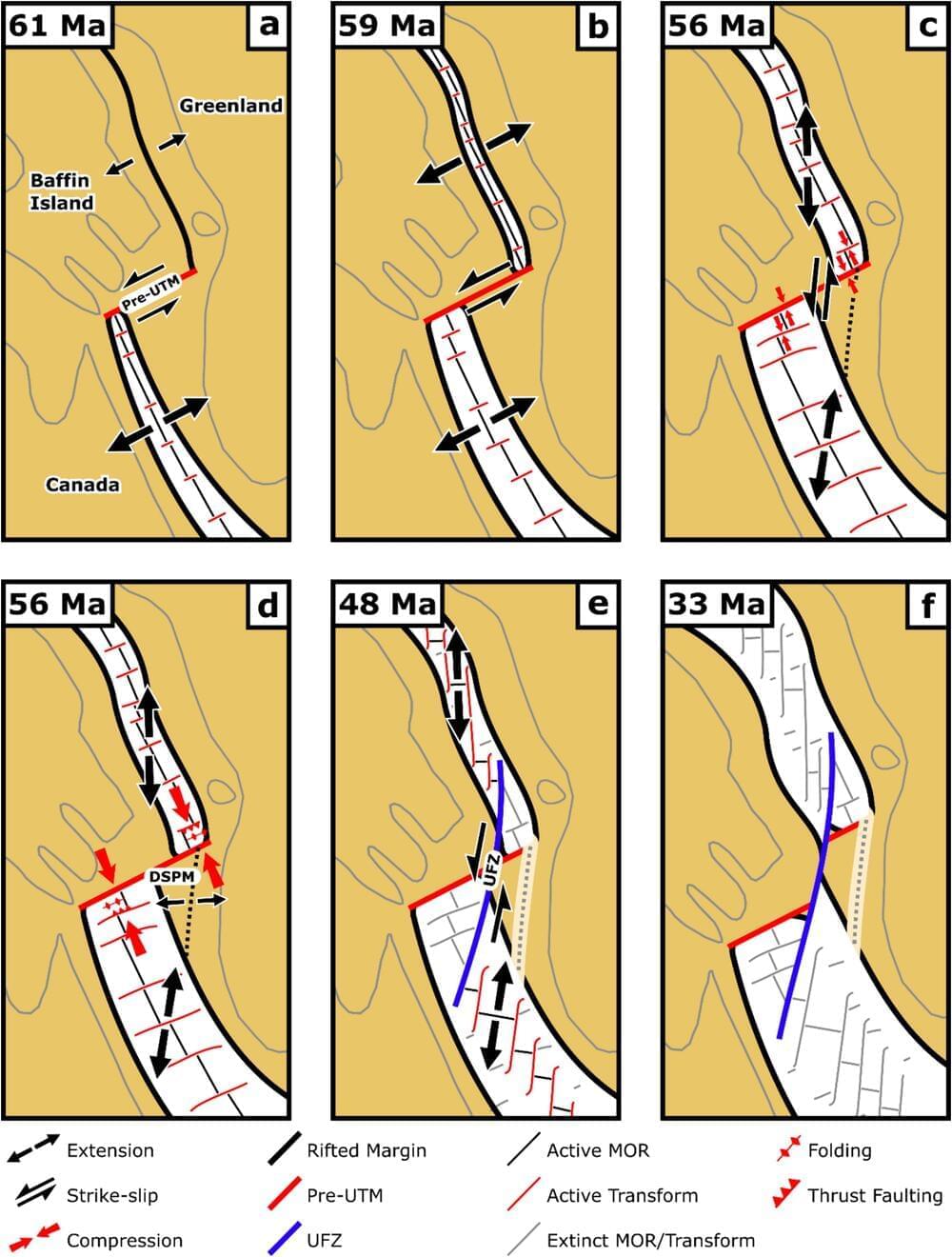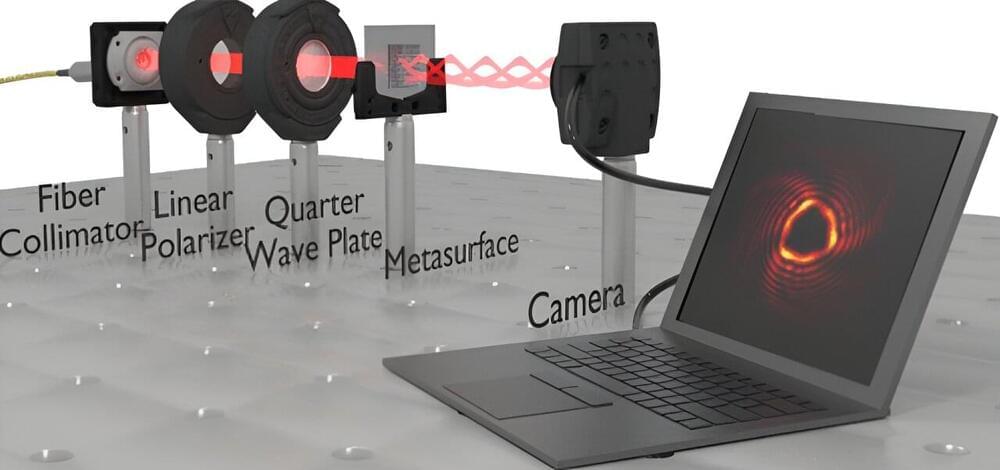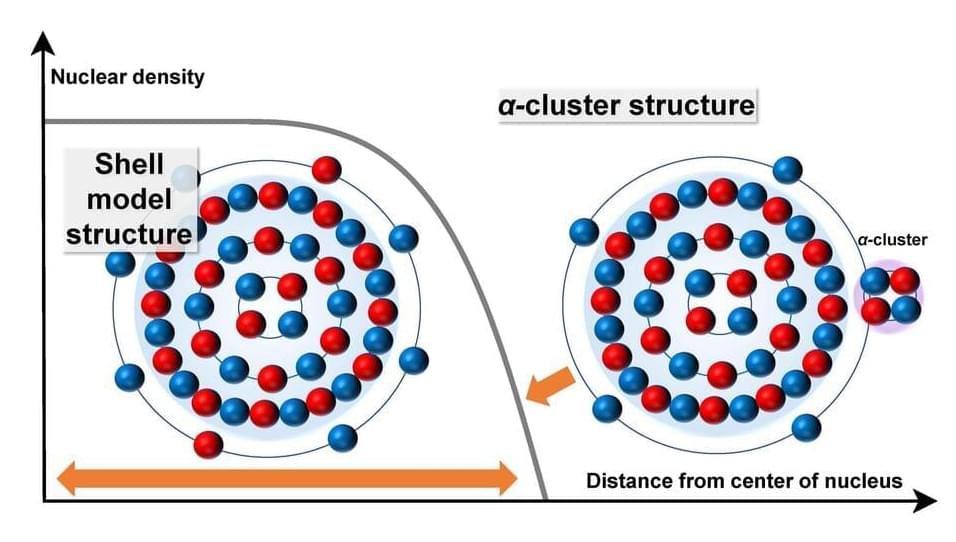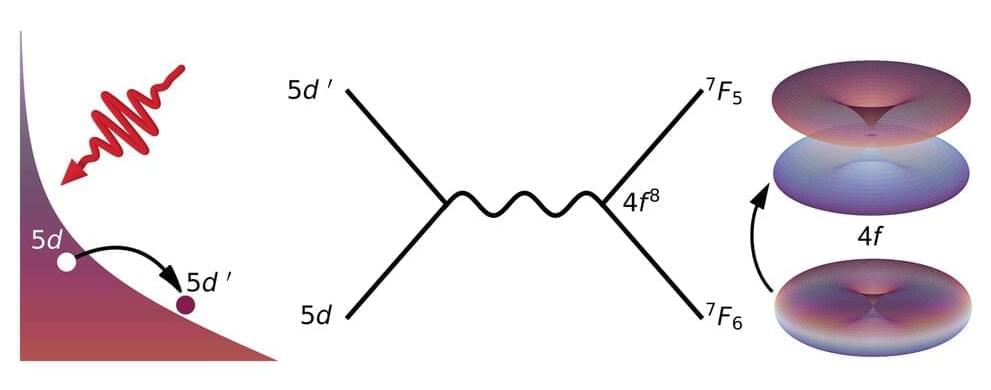Researchers say the screen can work both indoors and outdoors, and can be adjusted to become more or less transparent depending on user needs.



For the past several years, I have been closely involved with the Institute for the Quantitative Study of Inclusion, Diversity and Equity (QSIDE). This nonprofit organizes events and facilitates research in quantitative justice, the application of data and mathematical sciences to quantify, analyze and address social injustice. It uses the community-based participatory action research model to connect like-minded scholars, community partners, and activists together. Recently, QSIDE researchers met virtually in a Research Roundup to share our progress. Hearing all the incredible work that QSIDE has spawned and supported prompted me to reflect on the role that the group has played in my budding career and the ways in which the institute itself has grown since its founding in 2019.
Like many PhD candidates, my final year of graduate school was rife with burnout and uncertainty about post-graduation plans. Add to this mix a global pandemic, social isolation, and confinement to the same one-bedroom dwelling for the last year plus and you get a stew of anxiety. I was approaching my mental limit on the research I had been conducting, somewhere at the intersection of data science and fluid dynamics. While the problem I had been working on for my thesis was interesting, I was ready for a major change. I couldn’t picture myself in the usual post-graduate tracks: a post-doc at an R1 institution or working for a Big Tech company. These careers felt hyper-competitive, a turn-off during a period of significant burnout. I also couldn’t see their direct positive impact, which felt acutely important in this time of global social disarray.


Plate tectonics are the driving force behind Earth’s continental configurations, with the lithosphere (oceanic and continental crusts and upper mantle) moving due to convection processes occurring in the softer underlying asthenospheric mantle. Many earthquakes, volcanic eruptions and mountain formations are direct consequences of the movements of these globe-spanning plates, particularly at their margins.

Researchers at TMOS, the ARC Center of Excellence for Transformative Meta-Optical Systems, have taken an important first step in the development of metasurface-enabled tractor beams—rays of light that can pull particles toward it, a concept that fictional tractor beams featured in science fiction are based on.

The semiconductor industry has grown into a $500 billion global market over the last 60 years. However, it is grappling with dual challenges: a profound shortage of new chips and a surge of counterfeit chips, introducing substantial risks of malfunction and unwanted surveillance. In particular, the latter inadvertently gives rise to a $75 billion counterfeit chip market that jeopardizes safety and security across multiple sectors dependent on semiconductor technologies, such as aviation, communications, quantum, artificial intelligence, and personal finance.

The world around us is made up of particles invisible to the naked eye, but physicists continue to gain insights into this mysterious realm. Findings published in Physical Review C by Osaka Metropolitan University researchers show that the nuclear structure of an atom likely changes depending on the distance the protons and neutrons are from the center of the nucleus.


The Atacama Large Millimeter/submillimeter Array (ALMA) is not your typical telescope. Instead, ALMA, located in northern Chile’s high-and-dry Atacama Desert, is a radio telescope comprised of 66 high-precision antennas that work in perfect harmony. When ALMA’s antennas (which range in diameter from 7 to 12 meters) are deployed in various ways, the array may zoom in on some of the universe’s most distant cosmic objects while also recording images crisper than those generated by the Hubble Space Telescope.
First starlight
In a research published in the journal Nature, an international team of astronomers utilized this amazing array to investigate MACS1149-JD1, an exceedingly distant galaxy. The team was shocked to uncover tiny signs of ionized oxygen emitted about 13.3 billion years ago (or 500 million years after the Big Bang).

The first stage of what will be Australia’s biggest battery project has been energised – little more than a year after securing its development contract – and will soon be in operation to help flatten the growing solar duck in Western Australia’s main grid.
The Collie battery is being built by Neoen in two stages, including a 219 MW/877 MWh first stage that was among the first winners of special contracts issued last year to soak up rooftop solar in the middle of the day and time shift it to the evening peak.
A second stage of the battery – even bigger at 341 MW and 1,263 MWh – won a similar contract in a new tender held earlier this year and will become the biggest battery in the country when complete at 560 MW and 2,240 MWh.